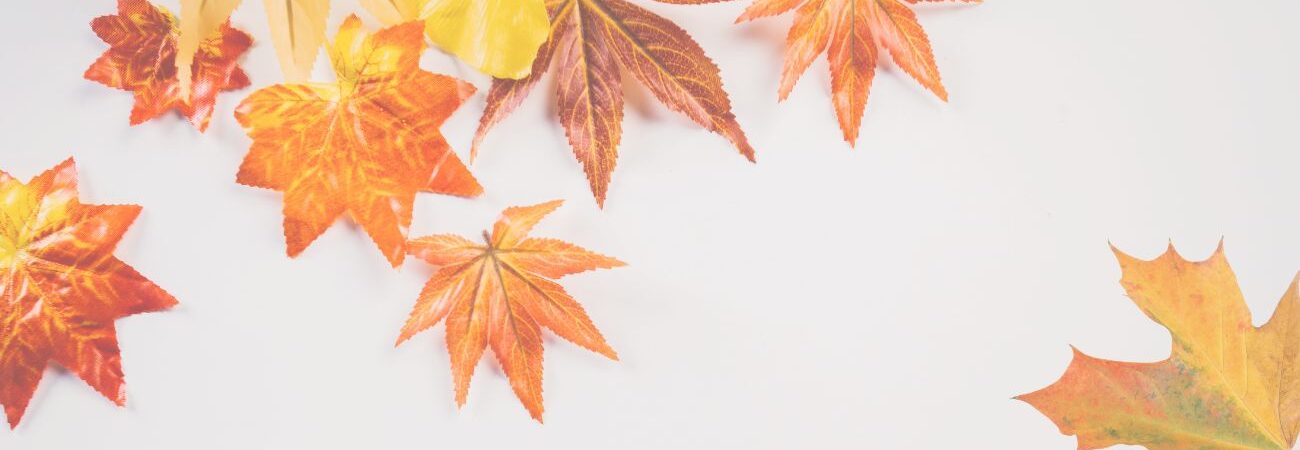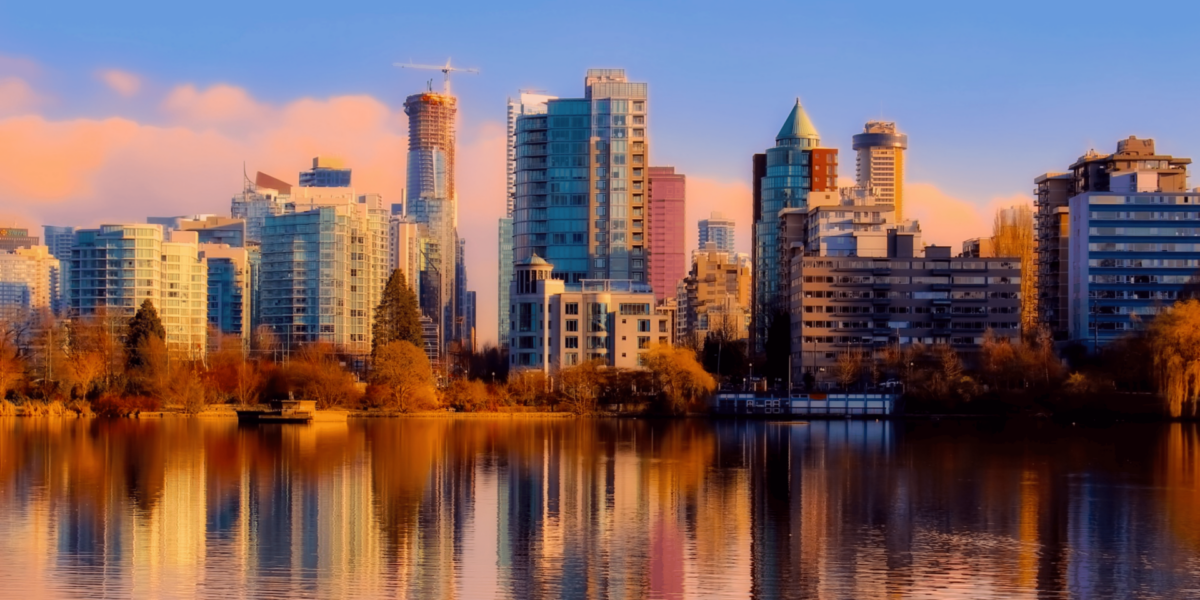Vancouver’s rainy nights create a cinematic atmosphere that draws photographers and artists. The mist, neon lights, and reflective streets offer a dramatic setting that can transform even ordinary scenes into something unforgettable.
Why Vancouver’s Rainy Nights Offer a Unique Mood
Vancouver’s frequent rain creates a moody, almost dreamlike backdrop. The combination of mist and artificial light adds texture to the night, while wet streets reflect every beam of color. These conditions give the city a distinct visual identity after dark.
When the rain begins to fall, the city’s glow shifts. Streetlights blur into golden pools, neon signs pulse against the haze, and a quiet stillness settles over neighborhoods. For photographers, this is more than just weather—it’s a change in tone that invites creativity.
Best Locations to Capture Moody Night Scenes
Some areas in Vancouver become especially photogenic on rainy nights. Gastown, with its cobblestone streets and vintage street lamps, produces striking contrasts between old and new. Chinatown’s tight alleyways and glowing signs turn into glowing canyons of color. Granville Street, lined with bars and theaters, lights up the rain-soaked sidewalks.
A photographer standing under an awning on Commercial Drive during a steady drizzle might wait as a cyclist rides through a glowing puddle. Headlights flash briefly in the mist before vanishing, leaving behind trails of red and white. In that moment, the city reveals its hidden beauty.
Choosing the Right Gear for Wet Conditions
To capture Vancouver’s rainy nights, you’ll need the right gear. A weather-sealed camera body and lens protect your equipment from moisture. Use a lens hood to reduce water droplets, and keep microfiber cloths handy to wipe your gear. A small umbrella or waterproof cover can help keep things dry without limiting your movement.
Night photography in rain also requires a tripod or stable surface. Low light conditions force longer exposures, which means any movement can blur your shot. A steady setup lets you capture clear, sharp images—even when the city is wrapped in fog.
Working With Reflections and Neon Colors
Rain turns city streets into mirrors. This reflective surface doubles the light, especially from neon signs, creating dramatic effects. Puddles become visual anchors, drawing attention to areas of contrast and color.
When framing a shot, look for pools of light or areas where different colors mix. A red taillight reflected in blue puddles can shift the mood of an entire photo. Slow shutter speeds can stretch light trails, turning passing cars into soft lines that blend into the background.
Capturing People in the Rain Without Losing the Mood
Including people in your shots adds depth and a sense of story. In rainy Vancouver, pedestrians often move quickly, their umbrellas tilted against the wind. This motion can bring life to a moody frame. With the right settings, you can either freeze them in sharp detail or blur them slightly to suggest motion.
In one downtown intersection, a person crosses under a glowing traffic light while raindrops shimmer around them. The scene feels isolated, not lonely, as the viewer focuses on the contrast between human presence and the misty night. This is how you capture emotion without exaggeration.
Using Manual Settings to Control the Atmosphere
Relying on auto mode at night often leads to underexposed or noisy images. Switch to manual mode to control the key elements of exposure. Set a wide aperture (f/1.8 or f/2.8) to let in more light and create a shallow depth of field. Adjust ISO carefully—high enough to expose the image, but low enough to avoid grain.
Shutter speed becomes your main tool for shaping the mood. A slower speed (like 1/10 or 1/20) allows more light and movement, which works well with reflections and passing cars. A faster speed (like 1/100 or above) can freeze a raindrop in midair. Test different combinations to match the atmosphere you’re aiming for.
Editing Rainy Night Photos for the Right Tone
Post-processing helps bring out the full potential of your images. Start by adjusting the contrast to enhance separation between lights and shadows. Increase clarity to bring out the details in the mist. Be careful with saturation—boosting colors too much can ruin the natural mood of a rainy night.
Tweak the white balance to remove yellow or blue color casts that can appear from mixed lighting. A cool tone often fits rainy nights, but stay true to the feeling you saw in real life. Sharpen only the parts of the photo you want to stand out, and leave the mist soft.
Staying Safe While Shooting at Night
Photographing Vancouver’s rainy nights can be exciting, but you need to stay alert. Wet sidewalks get slippery, and low visibility can make it harder for drivers to see you. Stick to well-lit areas and always be aware of your surroundings.
Keep your equipment secured, and bring only what you need. Use a camera strap or backpack with rain protection. If you’re walking between locations, keep your camera tucked away until you’re ready to shoot again.
What Rain Teaches You About Light and Timing
Shooting in the rain changes how you see the city. You learn to wait, to watch how light plays on water, and to notice details you might ignore on a clear night. Timing becomes everything—a single passing car or a shift in the wind can alter the entire frame.
One night, standing near the entrance to a small diner on Davie Street, a photographer waits. The window glows with soft yellow light, and a single figure approaches through the haze. The timing is right, the moment quiet. The shutter clicks. That’s the shot.
Why Moody Nights in Vancouver Matter for Visual Storytelling
Photographing Vancouver’s misty, neon nights isn’t just about aesthetics. These scenes tell stories. They reveal the mood of a city shaped by weather, light, and movement. Capturing this mood means showing the real Vancouver—not a postcard version, but the one that breathes through the rain.
Each image becomes a window into a quieter side of the city, one where emotion hides in shadows and color cuts through the fog. For storytellers, artists, and photographers, this version of Vancouver is worth exploring, frame by frame.

